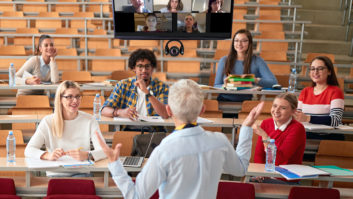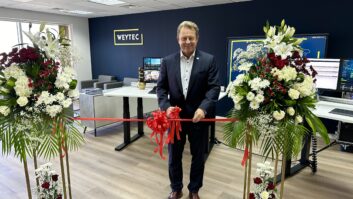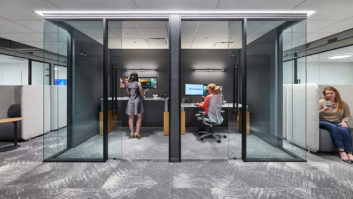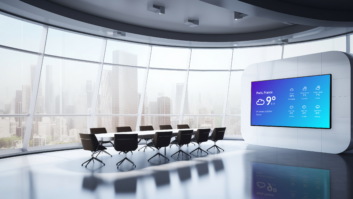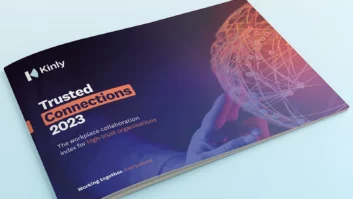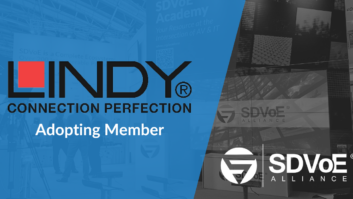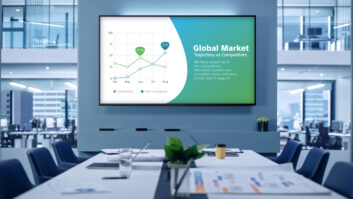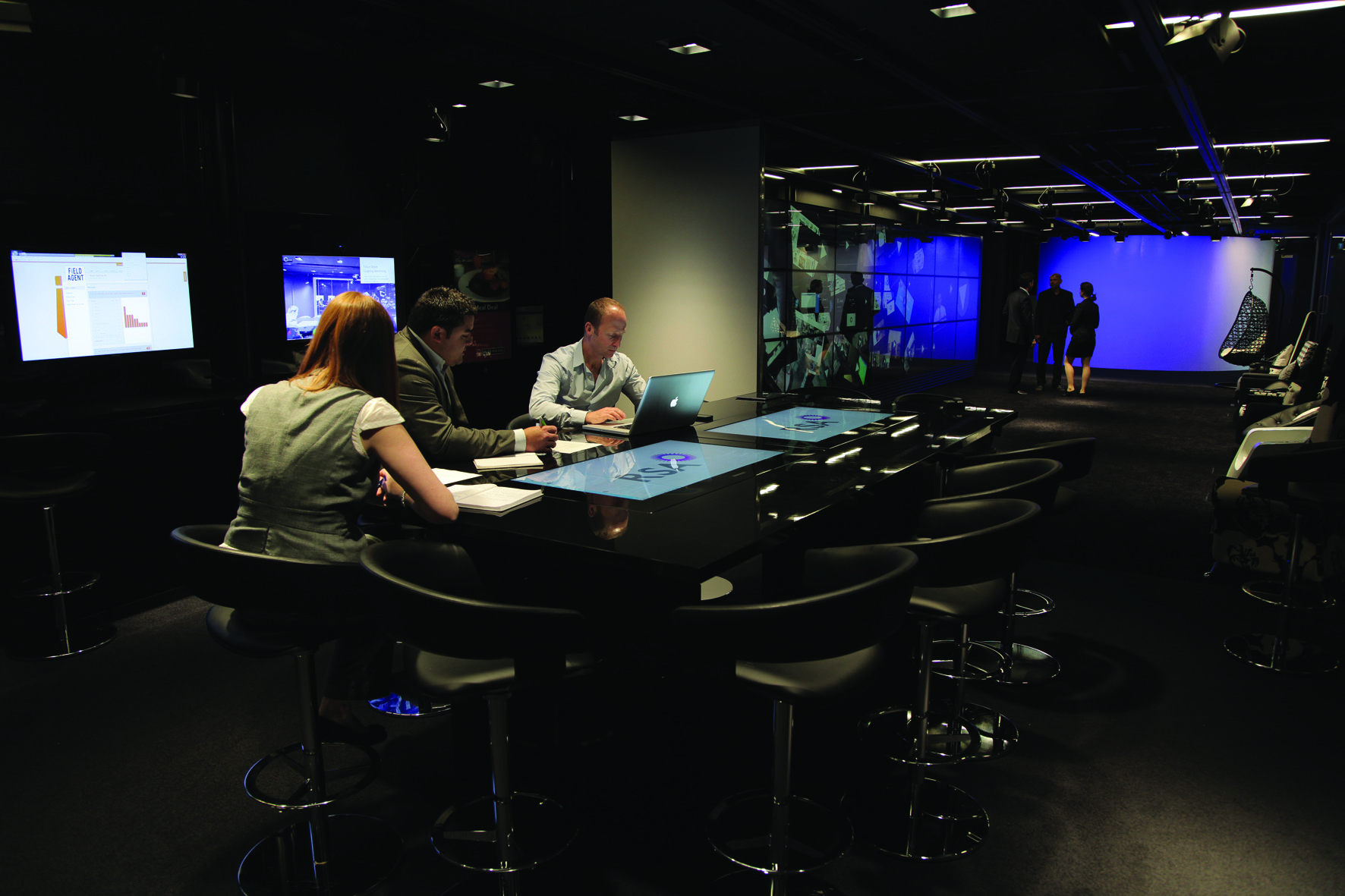
Our columnist Rob Lane discusses the growth of corporate collaboration and marketing suites.
It seems to me that the main driving force behind the use of high-end sound and vision technology is the creation of an experience: to excite and entertain, and perhaps to inform. Think projection mapping on Buckingham Palace, augmented reality iPad apps ‘opening the bonnet’ of new cars and holographic Michael Flatleys battle-dancing at the London Palladium.
But things appear to be changing, or rather expanding, with new kinds of installation opportunities coming to the fore, many elevating the importance of the ‘inform’ aspect of the heady experiential brew.
The most obvious opportunities could be broadly described as corporate collaboration and communication, and marketing experiences – with ‘experience centres’ or ‘marketing suites’ growing in popularity, some of this growth on the back of new trends in Big Data. If you speak to some of the larger integrators/agencies, they’ll confirm there has been an acceleration in requests for this type of work – apposite considering another key term here is ‘business acceleration’!
It’s difficult to measure accurately, of course, as so many of these installations go unreported due to strict NDAs, but this is clearly a growth area. More corporations are specifying ‘brand marketing suites’ and visually based, multi-touch solutions in their reception areas – ‘visitor experience centres’, if you like – to make an impact on visitors and help them to navigate their way around both building and brand.
And it’s not just demand-based. Some new and existing technologies are leaning towards a more corporate, less consumer-focused direction. MultiTouch (or MultiTaction as the company is referred to in the US) is targeting more corporate-based business in 2015.
And what about Oblong’s Mezzanine VC solution? The tech behind it may have come from playful beginnings (CEO John Underkoffler was Spielberg’s science and technology adviser on Minority Report), but Mezzanine is targeted squarely at corporations and the g-speak operating system has huge benefits for collaboration, with the potential to interact with other technologies, spatially, not just gesture interaction. It’s perhaps no surprise that reportedly more than 30 international companies have invested in Mezzanine in the last couple of years.
Surprisingly perhaps, even Oculus Rift could be considered as a corporate integration and marketing tool – although we’re yet to see any practical examples of it being used. As I reported a couple of issues ago, Facebook CEO Mark Zuckerberg didn’t buy Rift for its gaming capabilities, but for its potential as a ‘communication platform’. It doesn’t take too much imagination to envision it being utilised as part of an Oblong-style conferencing set-up. The same could be said by the recently announced HoloLens from Microsoft.
And integrators are coming up with their own tools for the corporate marketing sector. The team at Imagination built their own software and hardware toolkit, the Imagination experience Platform (IXP), to help in the communication and connection of client ‘stories’, part of an ambition to use technology as a (according to Anton Christodoulou, Imagination CTO) “seamless facilitator of experiences”.
Engage Production, whose Executive Brand Suite has been covered here previously, recently announced a partnership with brand design experts Studio Output to stage a tech event at the former’s FLUX Innovation Lounge in February. Future15 was intended to demonstrate how the power of branded content and interactive technology is changing the way brands, consumers and businesses interact – perfectly pitched for marketers looking to build something special at their corporate HQ.
This dynamic tension between what might be considered tech for a corporate collaboration suite and more playful tech, perhaps more suitable for a consumer-facing marketing experience centre, is intriguing. As Future15 showed, there’s plenty of overlap, and the challenge for integrators looks to be as much about distilling client requirements as delivering a final solution.
